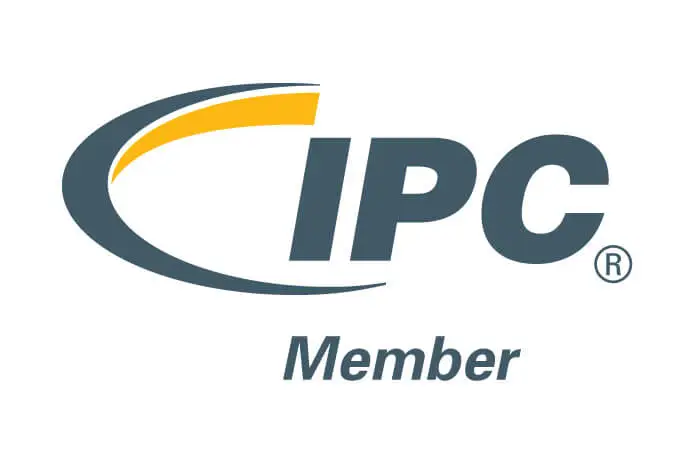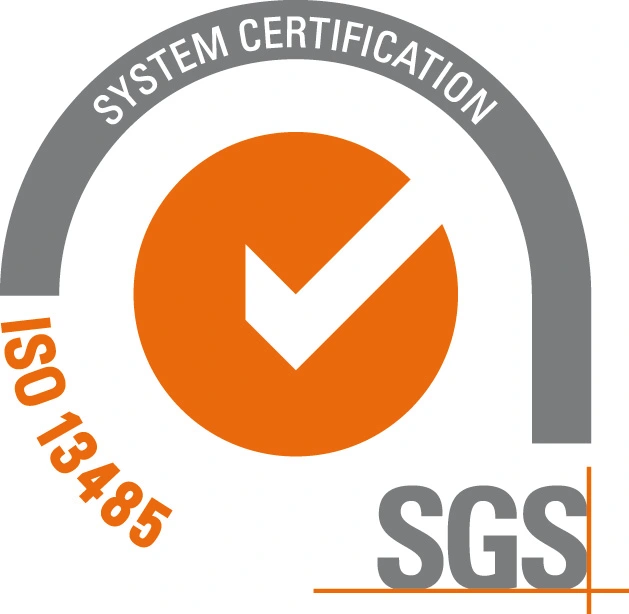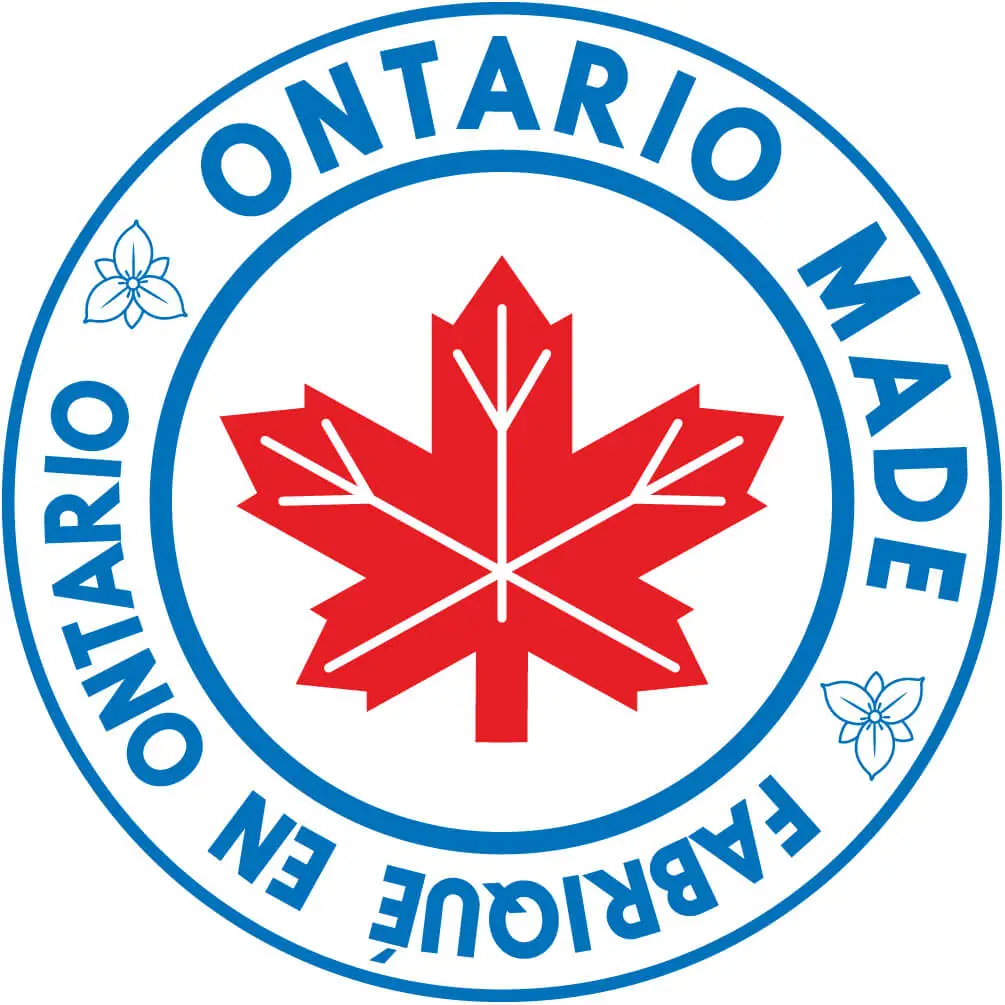TURN-KEY PCB ASSEMBLY: BITTELE ELECTRONICS
PCB MANUFACTURING AND ASSEMBLY
Full Turn-Key PCB Manufacturer
You can quickly get quotes and order PCB fabrication and assembly using our online system. Take advantage of exclusive automatic discounts with our tool. Our BOM pricing tool ensures you receive the lowest price for your order.
START A TURN-KEY PCB ORDER
Basics of Control Impedance
With signal switching frequencies getting higher these days, impedance within tracks of Printed Circuit Boards has become an issue for modern day PCB designers. We can view PCB tracks as transmission lines since modern digital circuits operate at high clock frequencies and small signal switching periods.
The connector which feeds an incoming signal to a television set or wireless equipment is a frequently seen specimen of controlled impedance. The cable coming from an Aerial antenna can be a coaxial cable with low loss or more commonly a “flat twin” type of cable that comes with VHF receivers. The material from which cable is made and its length as well as width determine the feeder impedance.
It is easy to imagine PCB tracks as very precise, short wires connecting different components on a PCB. Just like the inner cable of a coaxial cable, PCB tracks carry the signal and are insulated from the ground which is the return path by PCB material. PCB material insulates the tracks from ground which can be compared with the way inner signal carrying cable of a coaxial cable is insulated from its return path.
According to rules governing RF transmission, input impedance of the aerial has to be matched with impedance at receiving side and signal feeder thus transferring all available power to ensure strength and integrity of the RF signal. To make it more clear, an RF signal in ideal conditions needs a path having similar impedance from feeder to receiver.
Reflection of a signal towards its source diminishes signal strength, this happens when signal source and received are not matched and only a fraction of signal goes through. For high frequency transmissions, it becomes important for designers to ensure similar inductance, capacitance and other characteristics of a cable because it’s a signal path and not a simple conductor anymore. When these characteristics are strictly kept in check and cables are designed accordingly, they are called transmission lines.
Related Articles:
Please briefly describe the information you are seeking in the search bar below.






 English
English